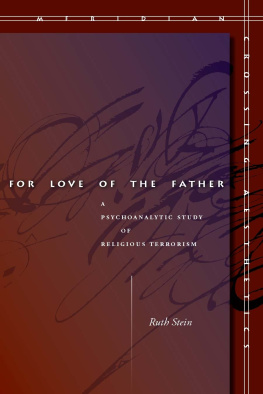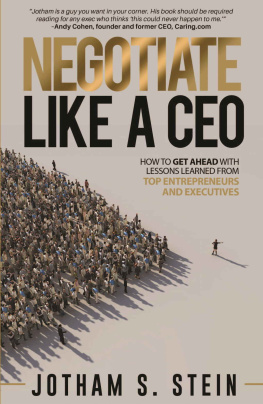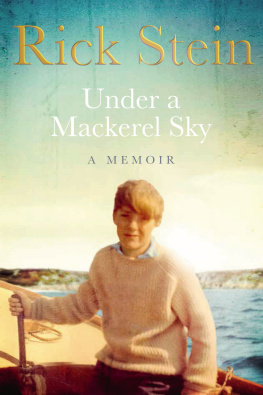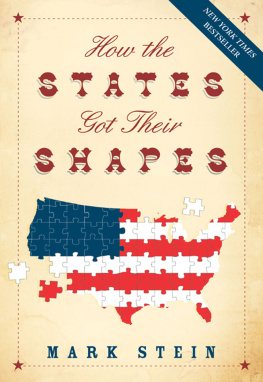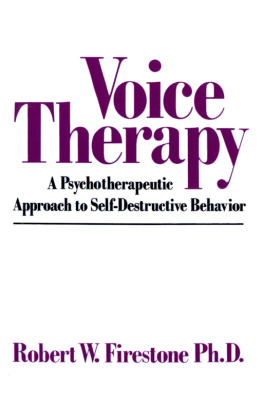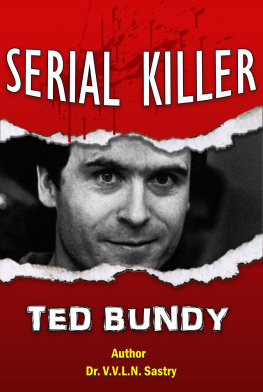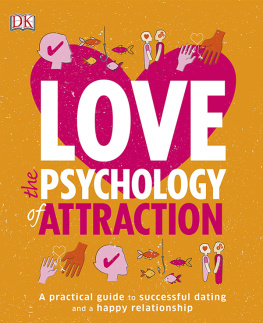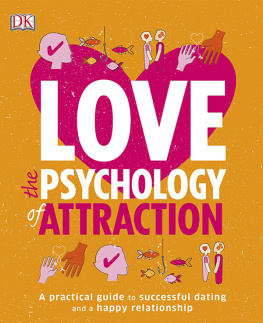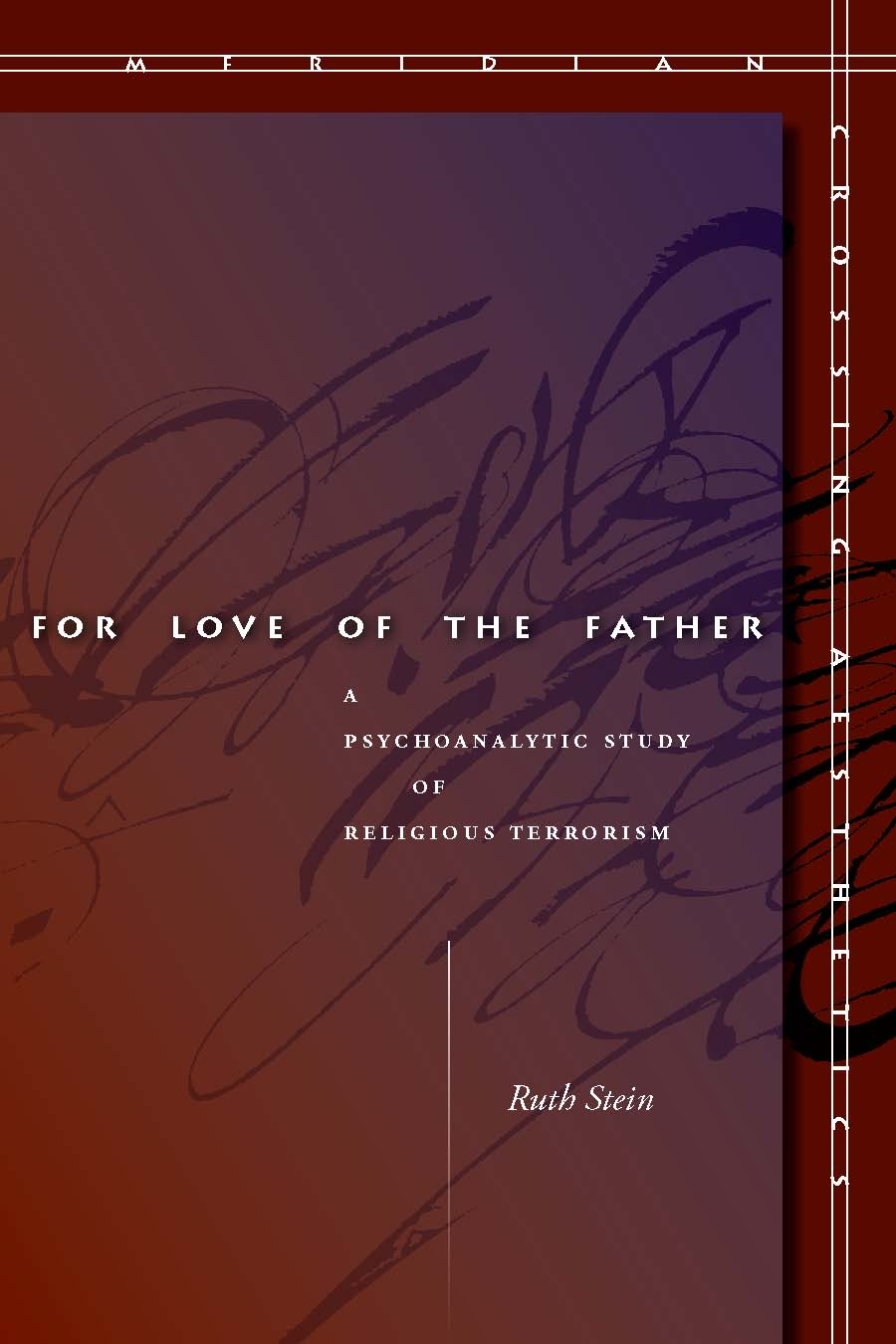Acknowledgments
The subject of this book has never been easy to discuss. Annihilatory concepts, menacing violence, apocalyptic war, and the dark side of religion may be more likely to repel than attract interlocutors. Yet I have been most fortunate in having people close to me who were always ready to share, consider, and reconsider with me the difficult ideas in this study. They listened to me, catalyzed me, or otherwise enriched me during the years this book was written. The first person to hear my responses on reading the letter to the hijackers was Gavriel Reisner, my husband. I remember the places on our nightly walks where I paused to gasp over how the ideas that ground this book were coming together in my mind. My intimate reader, my candid critic, Gavriel, made things come alive and become valid and hearable.
Jessica Benjamin was intrigued by my idea of the process whereby diverse anxieties can be channeled into a single fear of God, and by the way I read Attas letter, and she was the first to suggest I write it all up. Donald Moss invited me to present my germinating ideas on a panel we shared at the Southeast Asian Forum at the New York University Medical School a short time after 9/11. His invitation stimulated me to further articulate my thoughts. Rina Lazar listened to my stories, ideas, and the affects involved, and read my texts with her sharp mind and good heart.
Alan Bass mentioned to me Werner Hamacher, the editor of the Meridian Series at Stanford University Press, with which Alan has published his recent books. This put me in touch with Werner, a great scholar and a most generous, open-minded editor, whose warm reception encouraged me significantly over the years. Walter (Mac) Davis, whose intelligence and honesty are extraordinary, read most parts of the book, for which I am grateful. Jerry Piven has been a knowledgeable and enthusiastic interlocutor. So has been the group assembled through the initiative of Dan Hill, the director of the PsyBC Forums, who became interested in fundamentalism years ago and contacted me one day suggesting we begin studying this subject through reading and discussing two of my papers (what became Chapters 1 and 2). The distinguished group of discussants included, in addition to Dan, Werner Bohleber, Walter (Mac) Davis, Michael Eigen, Sue Grand, James (Jim) Jones, Richard Koenigsberg, Donald Moss, Ana-Maria Rizzuto, Moshe Spero, Charles (Chuck) Strozier, and Joel Whitebook. A group as strong-minded and as diverse as the above persons could not but generate much heat, which melded conceptual elaboration, emotional expression, and interpersonal debate in our attempts to sort out what we were thinking on fundamentalism. The readers who joined these passionate online discussions are too numerous to list here, but their contributions to thinking these topics are recorded with gratitude. These interchanges about terrorism, religion, clinical and applied psychoanalysis, and other topics can be found in the archives of the PsyBC Web site ( www.psybc.com ).
Ken Corbett, who was then editor of Studies in Gender and Sexuality , invited me to contribute a paper on fundamentalism to the journal, and then edited it with me, a process from which I learned a lot. The following summer, Lynn Schultz listened and edited the material then available in an effort to learn and to help me go forward with this slowly moving project. My Israeli friends and colleagues, Phillip (Yizhak) Bloom, Jocelyn Hatab, Yoram Hazan, Itamar Levy, and in particular, Yizhak Mendelsson, read the first two papers in their early stages. Michael Shoshani invited me to talk about the topic at a conference in Jaffa of the Tel Aviv Institute for Psychoanalysis, where Yossi Triest made some insightful comments. In addition to the NYU Medical School (2001) and the Tel Aviv Institute (2003), I gave talks about parts of the book at: the Karen Horney Institute in New York City (2002); the Institute for Psychoanalytic Training and Research (IPTAR) in New York City (2002); the NYU Postdoctoral Program in Psychotherapy and Psychoanalysis (2002); Yale Genocide Studies Program (2003); the annual conference of the German Psychoanalytic Society in Kassel (2004); the American Psychoanalytic Winter Meeting (2004); the international interdisciplinary conference on terror and violence at the German Foreign Ministry in Berlin (sponsored by the two German Psychoanalytic Societies) (2004); the Canadian Psychoanalytic Society in Montreal (2005); the Chicago Psychoanalytic Society (2006); John Jay College in New York City (2006); the International Psychoanalytic Congress in Berlin (2007); the Van Leer Institute in Jerusalem (2007); the Israel Psychoanalytic Society (2007) in Jerusalem; the Pulse of Death Now Conference at Columbia University (2008); the Seattle Psychoanalytic Society (2008); and the Israel Association for Psychotherapy, Tel Aviv (2008).
Chapter 1 has been translated and published in French, at the request of the late Janine Chasseguet-Smirgel ( Revue Franaise de Psychanalyse , 2002), in Italian ( Psicoanalisi e Metodo , 2003), and in German ( Psyche , 2005). I recently translated it into Hebrew before delivering it in Jerusalem.
I thank Dr. Mehdi Abedi, volume editor of Jihad and Shahadat , for his generous permission to reprint Chapter 7 from his book as Appendix B.
I greatly appreciate the encouragement of Emily-Jane Cohen, acquisitions editor at Stanford University Press; the helpful guidance of Sarah Crane Newman in processing the manuscript into a book; and Mariana Raykovs helpful suggestions and gentle prodding to move along the production schedule. My copy editor, Andrew Frisardi, won my deep gratitude for his intelligent editing, which has been attuned to nuances of language and of meaning. Until I encountered through him this kind of work and the difference it makes, I never understood peoples emotional reactions to their editors.
While writing this book I was nourished by the love I feel and receive from my wonderful big family, parts of which live in the United States, and parts of which have stayed in Israel, a family whose diversity in matters religious and political manages to be contained within the space of our bond.
Appendix A
Mohammed Attas Letter
00:33 29Sep2001 RTRS-Text of suspected hijacker document
WASHINGTON, Sept 28 (Reuters)Here is the complete text of the four-page document found in the luggage of Mohammed Atta, the 33-year-old Egyptian who helped hijack one of the two planes that hit the World Trade Center in New York on Sept. 11. This is a Reuters translation from handwritten Arabic. Portions in square brackets are explanatory additions. Other bracketed portions are bracketed in the original.
The Last Night:
- Making an oath to die and renew your intentions.
- Shave excess hair from the body and wear cologne.
- Shower
- Make sure you know all aspects of the plan well, and expect the response, or a reaction, from the enemy.
- Read Al-Tawba and Anfal [traditional war chapters from the Holy Koran] and reflect on their meanings and remember all of the things that God has promised for the martyrs.
- Remind your soul to listen and obey [all divine orders] and remember that you will face decisive situations that might prevent you from 100 percent obedience, so tame your soul, purify it, convince it, make it understand, and incite it. God said: Obey God and His Messenger, and do not fight amongst yourselves or else you will fail. And be patient, for God is with the patient.
- Pray during the night and be persistent in asking God to give you victory, control and conquest, and that He may make your task easier and protect us.

